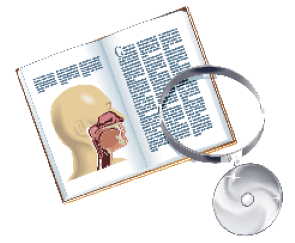New therapeutic approaches to diagnosis, treatment discussed at American Academy of Otolaryngology-Head and Neck Surgery (AAO-HNS) annual meeting


New therapeutic approaches to diagnosis, treatment discussed at American Academy of Otolaryngology-Head and Neck Surgery (AAO-HNS) annual meeting
How well does real-time quaking-induced conversion (RT-QuIC) analysis of olfactory mucosa brushings discriminate between patients with sporadic Creutzfeldt–Jakob disease (CJD) and controls?

Guidelines to determine which patients are candidates for ESS when medical therapy fails

Does bevacizumab delivered as a submucosal and topical intranasal therapy effectively control hereditary hemorrhagic telangiectasia (HHT)-associated epistaxis?
How much is lost in annual productivity costs for a patient with refractory chronic rhinosinusitis (RCRS), and what is the relationship between productivity costs and RCRS-specific characteristics?

Evidence suggests admitting most patients to otolaryngology ward with continuous pulse oximetry
Could a nasal spray of engineered proteins be used as front-line prophylactic defense against the influenza infection and provide a new way to prevent infection of current and emerging influenza […]
Do patients with chronic rhinosinusitis (CRS), with and without a migraine history, experience comparable quality-of-life (QOL) improvement after endoscopic sinus surgery (ESS)?
What characteristics and disparities are associated with pediatric acute bacterial sinusitis (ABS) complications?